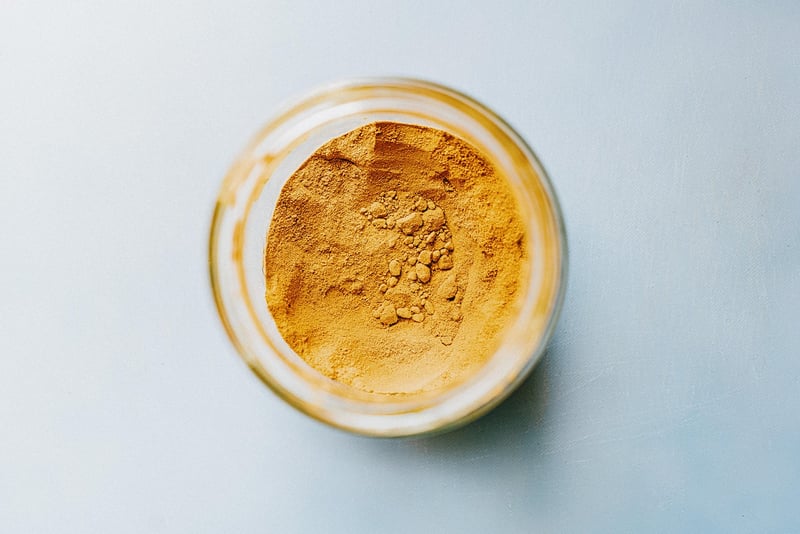Flavor Chemistry
The Science Behind Food: Flavor Chemistry
Food is not just a source of nourishment; it is a complex interplay of flavors that titillate our taste buds. Ever wondered what makes your favorite dish so delicious? Let's delve into the fascinating world of flavor chemistry to uncover the secrets behind the tastes we love.
What is Flavor Chemistry?
Flavor chemistry is the study of the compounds that give food its taste and aroma. It involves understanding the chemical processes that occur when we cook or consume food and how they impact the flavors we perceive.
Key Components of Flavor Chemistry
- Aroma Compounds: Aroma compounds are volatile molecules that contribute to the smell of food. These compounds interact with our olfactory receptors, enhancing our perception of flavor.
- Taste Molecules: Taste molecules are non-volatile compounds that activate taste receptors on our tongue. The five basic tastes are sweet, sour, salty, bitter, and umami.
- Chemical Reactions: When food is cooked or processed, chemical reactions occur that transform the molecular structure of ingredients, creating new flavors.
The Maillard Reaction
One of the most important chemical reactions in flavor development is the Maillard reaction. This reaction occurs between amino acids and reducing sugars when food is cooked at high temperatures, resulting in the characteristic browning and complex flavors found in roasted, grilled, or baked foods.

Flavor Enhancers and Modifiers
Food scientists use various compounds as flavor enhancers or modifiers to improve the taste of processed foods. These include monosodium glutamate (MSG) for umami flavor enhancement and salt for overall flavor enhancement.
Conclusion
Flavor chemistry plays a crucial role in shaping our culinary experiences. By understanding the chemical processes behind flavors, food scientists can create new taste sensations and enhance our enjoyment of food. The next time you savor a delicious meal, remember that there's a fascinating world of chemistry behind every bite!
